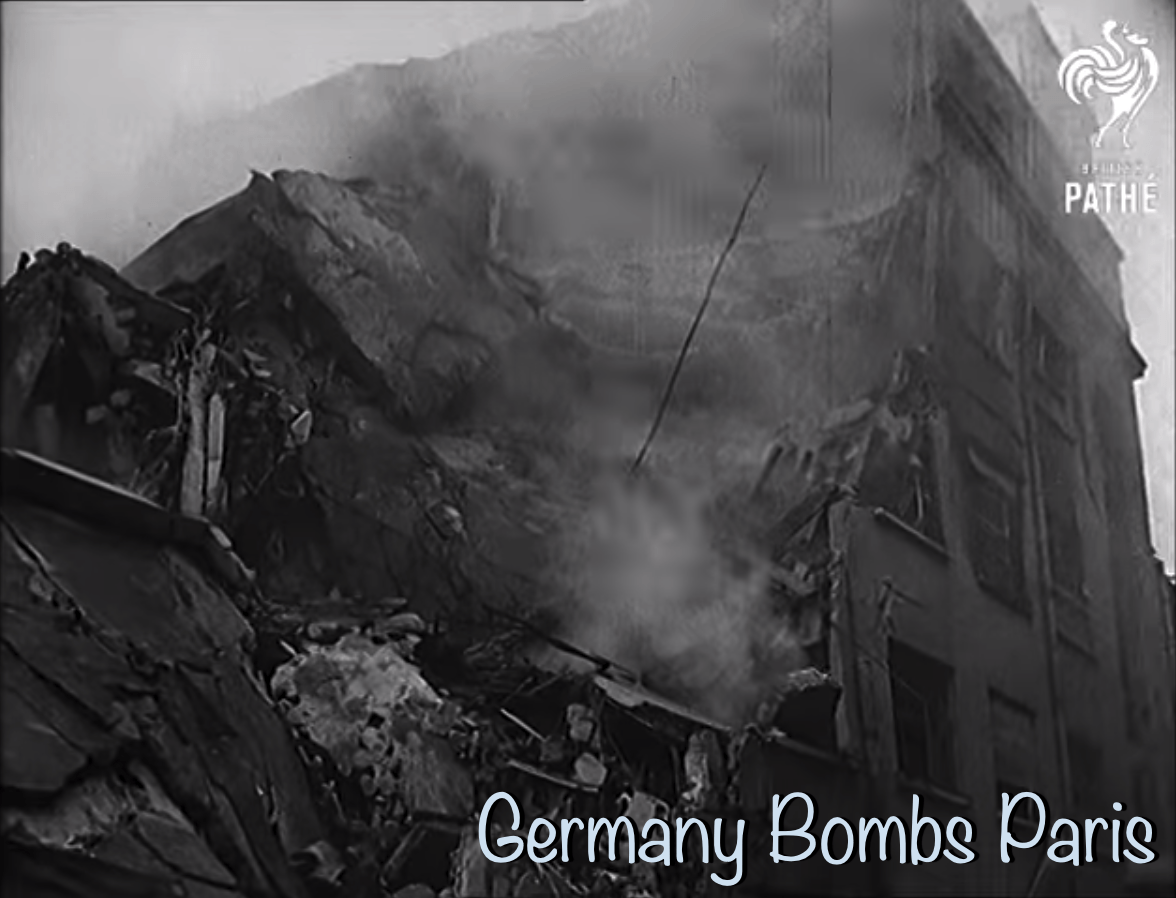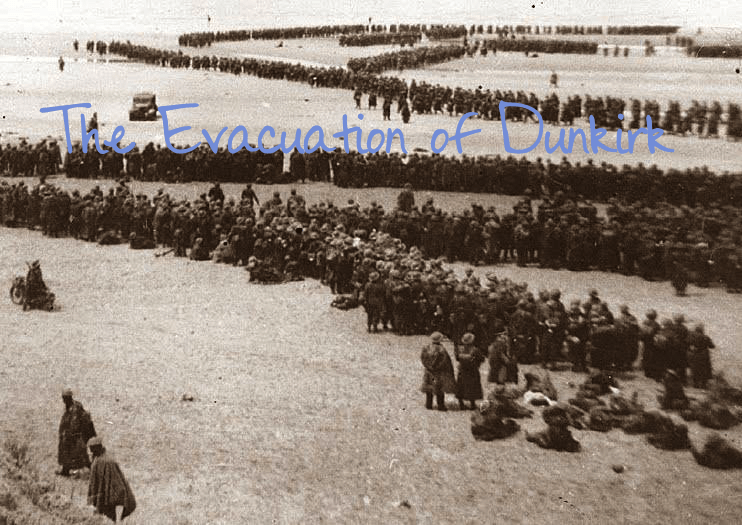Today in History: June 3, 1940, Germany Bombs Paris
Today in History: June 3, 1940 – Germany Bombs Paris For roughly one hour, the Nazis bombed Paris for the first time. Fifty-five planes dropped… Read More »Today in History: June 3, 1940, Germany Bombs Paris




